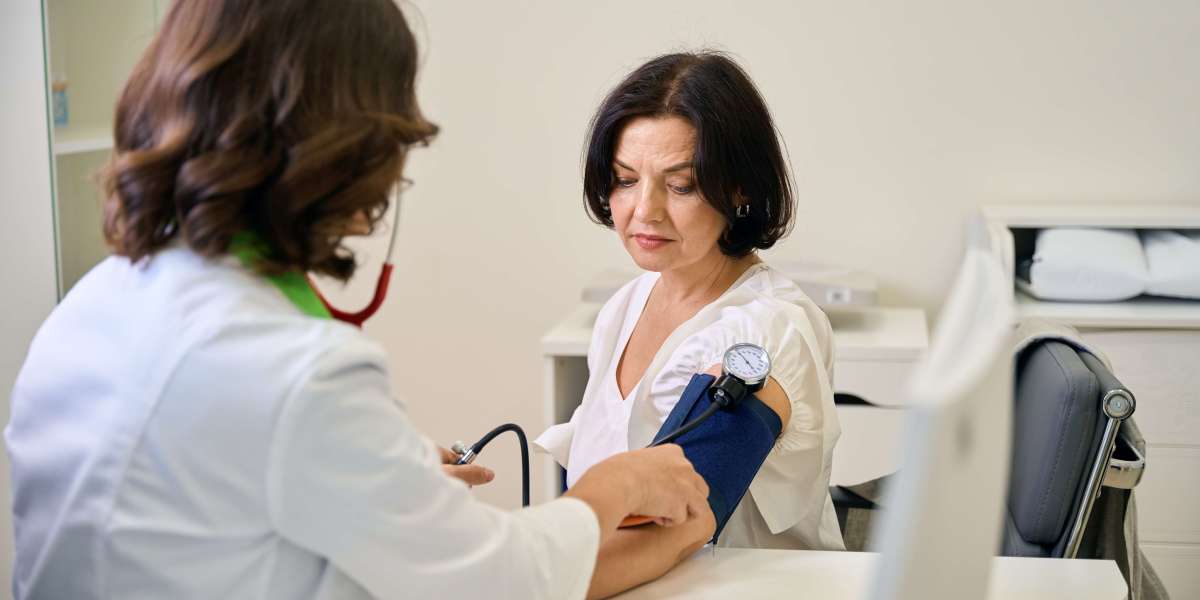In Vitro Diagnostics (IVD) Quality Control IVD tests help detect diseases, monitor conditions, and guide treatments. These tests analyze blood, tissues, or other samples taken from the body — outside of it, hence the term "in vitro" (Latin for "in glass"). Yet, no matter how advanced the diagnostic tools are, their results are only as trustworthy as the quality control measures behind them.
Why Quality Control Matters in IVD
Imagine going for a routine checkup. Your doctor orders a blood test to monitor cholesterol levels. The lab uses a cutting-edge analyzer and returns your report in hours. But what if the results are slightly off — not due to your health, but due to poor calibration or a faulty reagent? You might be prescribed unnecessary medication or miss an early warning sign.
That’s where IVD quality control (QC) steps in. It ensures that tests are accurate, reliable, and consistent — not just once, but every single time.
The Heart of a Reliable Lab
Quality control in IVD isn't a one-time check. It’s a continuous process. Think of it like a pilot checking an aircraft before every flight — even if the previous hundred flights were perfect. In a clinical lab, quality control involves:
- Using control samples (with known values) to verify test system performance
- Monitoring trends to detect subtle shifts in accuracy or precision
- Running internal and external quality assessments to ensure consistency
- Regular calibration and maintenance of machines and reagents
These steps ensure that even as equipment ages or environmental conditions change, the lab continues delivering dependable results.
The Human Impact of Lab Accuracy
Behind every test result is a person — a worried parent, a hopeful couple, an anxious patient waiting for answers. The results can impact major life decisions: starting a treatment, undergoing surgery, or even making lifestyle changes.
Reliable IVD results are more than numbers; they are the foundation of trust — between labs and doctors, and between doctors and patients.
Just ask Priya, a 42-year-old teacher who was managing her diabetes. At one point, her blood glucose results were erratic, leading to confusion in her treatment. A QC audit revealed inconsistencies in one of the reagents used at her lab. After replacing it and reinforcing QC protocols, her results stabilized, and so did her treatment. Without strict QC, Priya might have faced unnecessary complications.
Regulatory Standards and Global Practices
IVD QC is also backed by international regulations and standards. Agencies like the FDA (U.S.), EMA (Europe), and ISO (International Organization for Standardization) require diagnostic labs to follow stringent quality control protocols. ISO 15189, for example, focuses on medical laboratories’ competence and quality.
Laboratories are expected to participate in external quality assessment (EQA) programs, where identical samples are sent to multiple labs to compare results. If discrepancies appear, it triggers a review, helping labs identify and fix the issue.
In many developed nations, such practices are deeply embedded. But the growing challenge lies in ensuring QC equity worldwide, especially in low-resource settings where labs may lack funding, training, or infrastructure.
Digital Transformation in IVD QC
With the rise of automation, artificial intelligence, and cloud-based systems, IVD quality control is evolving. Digital QC software can now:
- Automatically track and alert abnormal test trends
- Generate compliance reports for audits
- Integrate with lab information systems (LIS) for seamless oversight
- Suggest corrective actions based on data
These technologies reduce manual errors and empower lab technicians to respond faster to quality issues.
The Future: Proactive Over Reactive
As diagnostic testing becomes more personalized and widespread, the future of IVD QC lies in being proactive. Predictive algorithms may soon alert labs before test performance declines. Training programs will become more immersive. Global harmonization of QC standards may become the norm, ensuring a basic quality threshold regardless of geography.
In the end, though, even the best systems rely on dedicated human hands and minds — lab technicians, clinical chemists, and quality managers who know that a single error could mean a missed diagnosis.


